
Grass-fed Vs. Grain-Fed Beef – The Differences
The differences between grass-fed vs. grain-fed beef are vast. From nutritional value to taste and sustainability, here are the key differences.
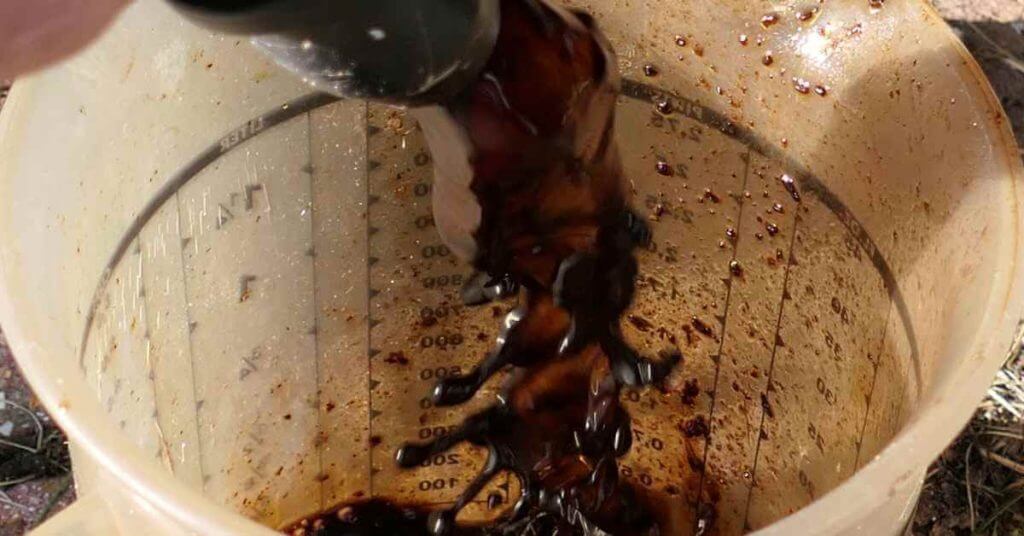
There is mixed opinion in the farming and gardening communities surrounding compost tea; is it a fruitful endeavor that will boost plant health and yields, or a fad that is nothing more than liquid compost?
The truth is that compost tea can and will boost plant productivity, but only when done correctly. The problem is that many compost tea “recipes” and techniques espoused on the internet are actually compost extract, a liquid solution made by soaking compost in water.
While beneficial, compost (liquid) extract focuses on increasing healthy bacteria, which is already abundant in regular compost. How much more of a benefit compost extract is over regular compost, therefore, is likely minimal.
True compost tea focuses on significantly increasing the presence of fungi as well as bacteria, boosting plant resilience and vitality by fostering a balanced, nutrient-rich soil environment.
This article will overview what true compost tea is, the benefits you can expect from making your own, and the right way to brew it for maximum benefit.
Compost tea can be thought of as a liquid form of compost with added oomph. By “brewing” compost in water, we transfer all of the microorganisms from the surfaces of the organic matter of the compost into water.
The magic happens when we add additional nutrients to this compost-water mix, followed by aeration (oxygenating) to create a liquid with high concentrations that greatly benefit your soil.
Compost tea should not be confused with compost extract (sometimes called liquid extract), which merely pulls some of the goodness out of the compost and into the liquid.
Compost extract is great if you want a quick spray to give your plants a temporary boost, but compost tea takes this to a much higher level, really focusing on the brewing aspect, where we allow all the bacteria, fungi, and protozoa to multiply significantly, enriching your soil magnitudes of order higher than simple compost extract.
Another common misconception is that compost tea is a fertilizer. While they share similarities – both aim to support plant growth – they do so through different mechanisms.
Fertilizers feed plants directly with essential nutrients such as nitrogen, phosphorus, and potassium, whereas compost tea enhances the soil microbiome to support plant health indirectly.
Where fertilizers can lead to soil degradation and soil acidification, compost tea boosts beneficial microbial populations without any degradation, promoting a healthier and balanced ecosystem within the soil.
So compost tea isn’t for adding direct nutrients like fertilizers, although it does add a little bit, it is more for propagating the beneficial microbes to boost the decomposition of the soil, which means your plants are better able to process their nutrients. Soil doesn’t feed your plants – nutrients do. What compost does, therefore, is improve the soil medium, ensuring that it can better deliver the nutrients already in your soil to the plants.
There are two main types of compost tea: aerated compost tea (ACT), which bubbles air through the water-compost mixture to increase oxygen levels, and non-aerated compost tea, which relies on the natural process of fermentation.
Aerated Compost Tea (ACT) involves actively introducing air (oxygen) into the tea during brewing, using an air pump or similar aeration device. This oxygenation encourages the growth and multiplication of aerobic (oxygen-loving) microorganisms, which are generally beneficial for soil health and plant growth.
Non-Aerated Compost Tea (NACT), on the other hand, does not involve active aeration, which can lead to the proliferation of anaerobic (oxygen-averse) microorganisms. While some anaerobic microbes can be beneficial, others may produce undesirable by-products or harm plant and soil health.
ACT provides a diverse range of aerobic bacteria, fungi, protozoa, and nematodes, which enhance nutrient uptake, suppress disease, and improve soil structure. NACT may develop a less diverse and potentially less beneficial microbial community, which can be unpredictable and sometimes less advantageous for plant health.
The aeration process is crucial for taking the benefits of compost tea from good to great and is what the rest of this article will focus on.
Whether or not compost tea is worth the effort for you ultimately depends on whether the benefits to your soil system and plants outweigh the time and effort required to make it.
When made correctly, by aerating and using a productive recipe that promotes microbial growth in the order of magnitudes, the answer is a resounding yes.
The simplicity of making compost tea, especially if you already have an active compost heap, combined with the unparalleled microbial value provided to the soil and your plants makes this simple act one of the most efficient ways to upgrade your garden.
When boosted by other nutrients that we will soon see in our recipe below, your tea will be teeming with beneficial microorganisms such as bacteria, fungi, protozoa, and nematodes, at rates of thousands of times more than regular compost.
This will facilitate all manner of benefits for your soil ecosystem, playing a crucial role in soil health by breaking down organic matter to make nutrients more accessible to plants. It’s like a direct IV for plants.
These beneficial microbes will also outcompete harmful pathogens for resources, thereby naturally reducing the incidence of plant diseases. The reliance on chemical fertilizers and pesticides is also reduced, benefiting both your organic produce and the environment at large.
It is also incredibly cheap and easy to produce. Beyond an initial investment of some cheap ingredients and a $50 air pump, you can effectively and quickly produce high-quality and cheap organic nourishment that will keep your soil at its peak.
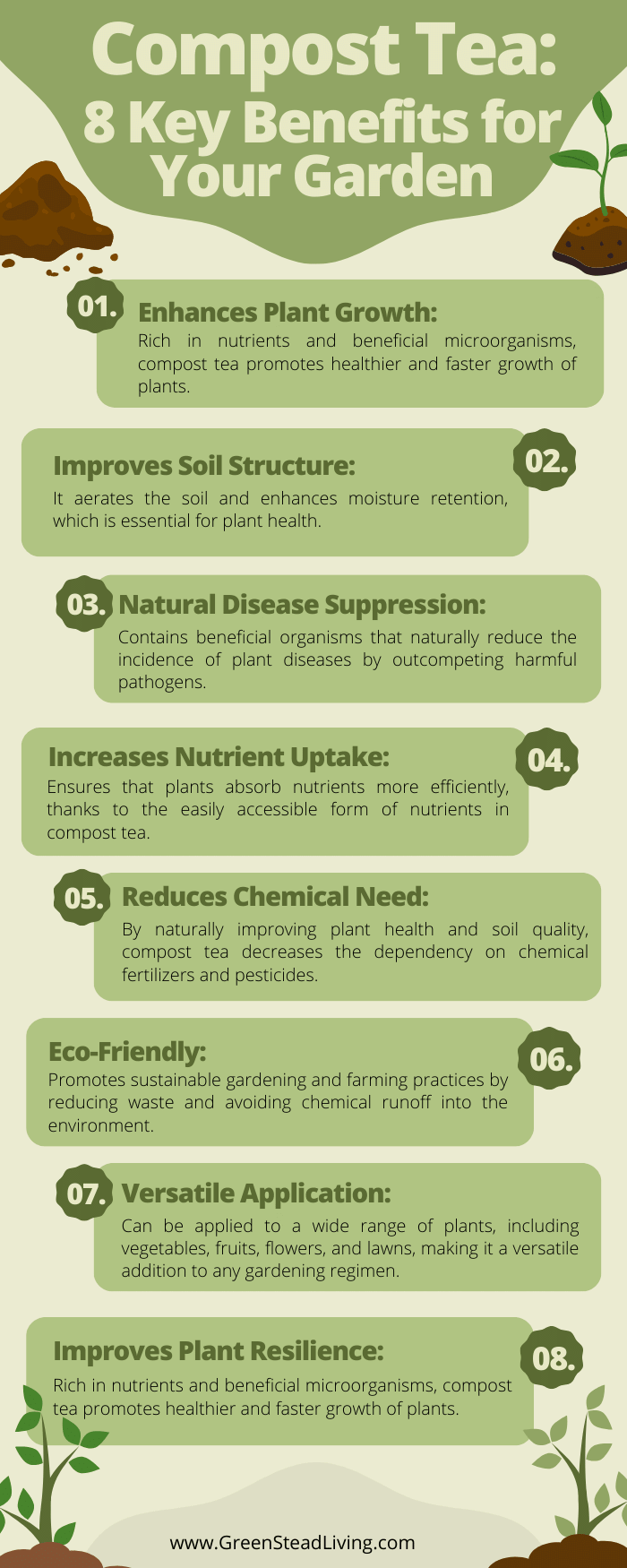
While it may seem like a complex process with many moving parts, making compost tea at home is actually quite easy—all you need is the right compost tea recipe, an air pump, water, compost, a bucket, and a bit of practice.
To make compost tea, you will need the following materials:
To start, simply fill your 5-gallon bucket with water, leaving a little room to add your paint strainer, compost, and other recipe ingredients.
If you have a small yard or balcony garden, 5 gallons may be overkill. Start with whatever size container you think is best for your space. Compost tea is quick to make, so there’s no harm in having to make multiple batches more frequently.
Depending on where you live, it is likely that your water is chlorinated, a process performed by many municipalities to kill harmful bacteria. While this is great for drinking, we do not want chlorine to kill the beneficial bacteria in our tea.
Many drops or tablets can be bought to dechlorinate water, but the simplest way is to fill your bucket and wait 48 hours for the chlorine to naturally evaporate. If you’re in a hurry, you can purchase some of these faster-acting dechlorination products.
The next step is to place your compost in your paint strainer and squeeze all the microbial goodness into the water.
As a rule of thumb, use 3-5 cups of compost (or 3-5 large handfuls) for a 5-gallon bucket. For more concentrated compost types, such as vermicompost, use slightly less at 2-3 cups.
Put the compost into your paint strainer and submerge it into the water, taking care to not allow any compost material to enter the water outside of the strainer.
Squeeze the compost material in your hands in the submerged paint strainer, and work it for 3-5 minutes. You will notice the volume of compost decrease, as the smaller particles and material of compost make their way through the strainer and into the rich compost extract. The more organic matter you can squeeze into the water, the stronger your tea will be.
Watch the short clip below to see this process in action.
After 3-5 minutes of straining and squeezing all of the goodness out of your compost, it’s time to add the magic ingredients from our compost recipe.
Note that you can add your ingredients before or after working the compost with your hands, but because I like to spend the rest of my day not smelling like fish, I prefer to add them after working the compost with my hands.
Remove the strainer and add the key ingredients: 1 tablespoon of humic acid, 1 tablespoon of fish hydrolysate, and 1 tablespoon of liquid or soluble kelp. Mix thoroughly.
These three ingredients will massively increase and multiply the number of microorganisms in your tea, particularly fungi. As these organisms multiply, they will feed on the oxygen until the point where they use it all up. This is where aeration comes into play.
Make sure you brew your compost tea at the same temperature as your plants. If your plants are in a greenhouse, brew your tea inside the greenhouse. If your plants are outside, brew there.
Without these ingredients, your tea will merely be an extract, and you won’t achieve much more than regular compost. You really need something in there to boost the fungi populations.
Another common mistake when brewing compost tea is adding molasses or any other type of sugar, believing it will increase the number of bacteria.
While true, sugar also feeds on bad bacteria, so if you have pathogenic microorganisms like salmonella or E.coli, then you will inadvertently increase their populations too.
Sugar also focuses on bacteria, which is plentiful in compost anyway. Of course, it never hurts to have more beneficial bacteria, but we want much more from our tea.
What really makes the difference with a good compost tea is focusing on fungi, which is why our recipe focuses on humic acid, fish hydrolysate, and liquid or soluble kelp, which significantly increase fungi microorganisms.
Once you’ve mixed your recipe thoroughly, the last step is to aerate your mixture to encourage and facilitate substantial microorganism growth.
Place your pump and air tubes at the bottom of your bucket, and leave to bubble for 48 hours.
You can make your own pipe system or buy one already made. Ideally, you want a pump output of 1 liter per minute for every gallon. So for our 5-gallon bucket, we want a pump with 5 liters per minute or more.
If the aeration part is too advanced for you, you can revert to non-aerated compost tea, which does not require a pump, and you will be complete at this stage. Just let stew for a few days, and you’re ready to go.
With the dirty work done, all that remains is to apply your compost tea to your plants.
For small plots and yards, simply use a watering can to sprinkle the compost tea onto the soil, getting a nice even coverage. Spraying directly onto foliage and leaves can also be beneficial for the plants, although some plants are a little too sensitive for such concentrated mixes, so keep an eye out for any yellowing of leaves or signs of burning.
Most experts recommend diluting the tea mixture 1:2 for foliage and up to 1:10 for soil, although this isn’t strictly necessary for plant health, it just makes the mixture last longer. This is also dependent on the strength of your tea mixture. Feel free to apply as is and undiluted if you are not concerned about making it last.
It is best to avoid applying during intense heat, which can degrade some of the microorganisms, so morning or evening is usually best. Also, avoid heavy rain which might wash out some of the microorganisms.
Unlike fertilizer, there’s no harm in applying too frequently, although there is no need to apply more regularly than 2-4 weeks during the growing season.
Monitor your plants after application to see how they respond, and adjust your application method or frequency based on the results you observe.

Compost tea starts to benefit plants almost immediately after application by providing a quick dose of nutrients and beneficial microbes to the soil and plant foliage.
However, the visible effects on plant growth and health may take a few days to a few weeks to become noticeable, depending on the plant’s condition, the soil health, and the environment.
Regular applications every 2-4 weeks during the growing season are all that is required for significant and sustained improvements in plant health and productivity.
While the debate over the effectiveness of compost tea will likely continue, experiential knowledge tells me that it is an effective way to enhance plant vitality and yields when correctly brewed and applied.
Compost extract, while beneficial, primarily boosts bacterial content—a feat regular compost already achieves. True compost tea, however, is a concoction rich in fungi, vital for creating a balanced and nutrient-dense soil ecosystem, thereby significantly amplifying plant resilience and growth.
For gardeners and farmers alike, embracing compost tea is an invitation to participate in a more mindful and ecologically sound cultivation practice. It represents a step towards fostering resilience in our plants and sustainability in our gardens and farms.
Compost tea can be thought of as a liquid form of compost with added oomph. By “brewing” compost in water, we transfer all of the microorganisms from the surfaces of the organic matter of the compost into water.
True compost tea focuses on significantly increasing the presence of fungi as well as bacteria, boosting plant resilience and vitality by fostering a balanced, nutrient-rich soil environment.
While it may seem like a complex process with many moving parts, making compost tea at home is actually quite easy—all you need is the right compost tea recipe, an air pump, water, compost, a bucket, and a bit of practice.

The differences between grass-fed vs. grain-fed beef are vast. From nutritional value to taste and sustainability, here are the key differences.
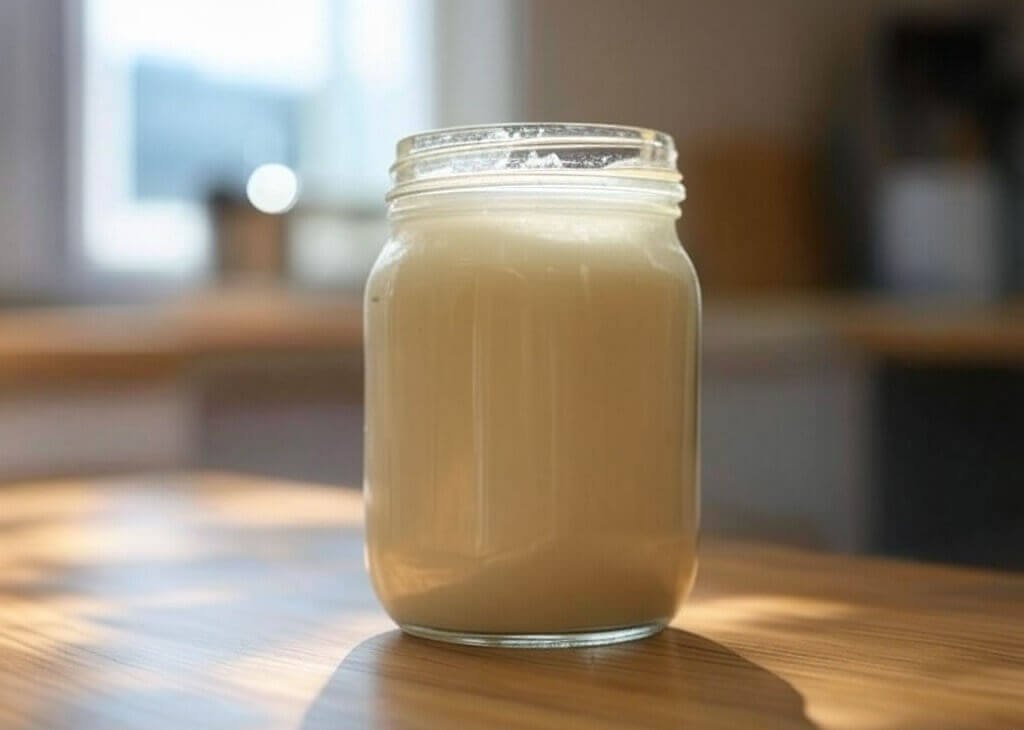
Learn how to make beef tallow at home with this step-by-step guide. Perfect for cooking and skincare, this method ensures pure, long-lasting tallow.
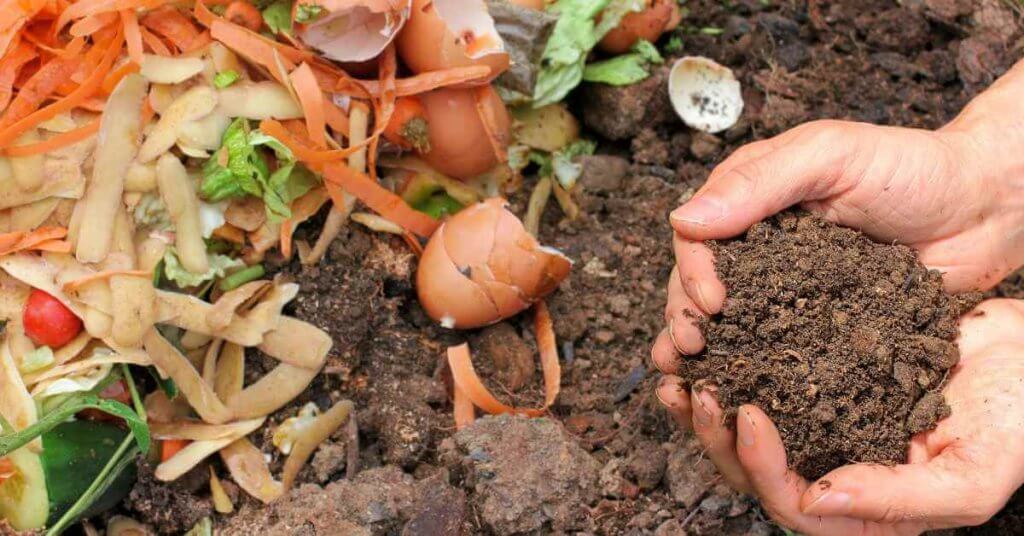
An easy beginners guide on how to make compost, the right way, for a healthier garden.

Learn about the benefits of beef tallow for skin, from its complement of skin enriching vitamins to its complete fatty acid profile.
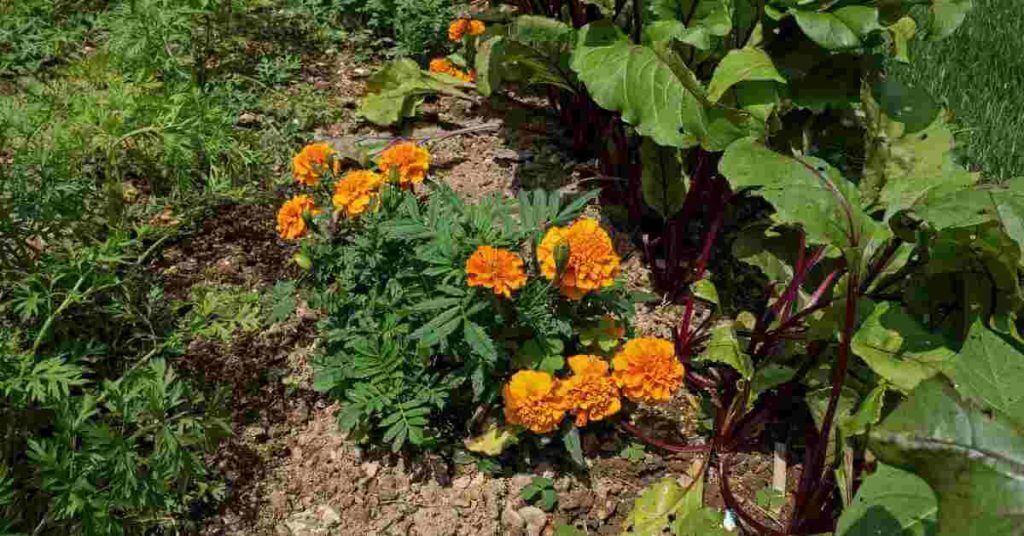
Looking for which plants are best for companion planting with flowers? This article contains a table with the best flowers and their many benefits.

Here is a comprehensive and easy to follow companion planting chart for vegetables, based on available scientific literature and trial and error experience.